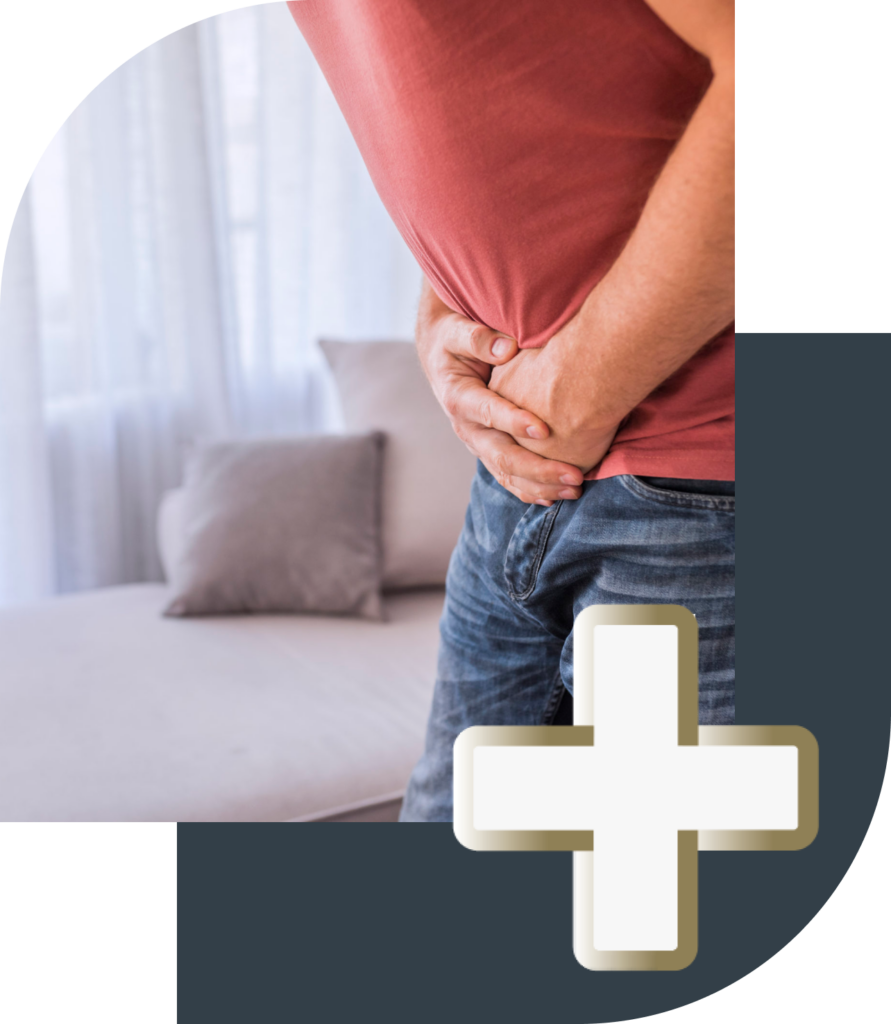
Pelvic Floor Clinic "Wave Chair"
Do you or someone you care for suffer from incontinence?
AMS offer a revolutionary Pelvic Floor Clinic to help take back control and get your continence back. The ‘wave chair’ embraces Extracorporeal Magnetic Innervation (ExMI) ™. This is a non-surgical therapy for the treatment of stress, urge and mixed incontinence, prolapse and pelvic pain in women; incontinence and erectile dysfunction in men.
Whilst correct pelvic floor exercise, bladder re-training and, sometimes, diet is part of the therapy, the NeoControl TM chair creates a therapeutic pulsed magnetic field that produces powerful stimulation to vital muscles, that cannot be activated through pelvic floor exercises alone.
The therapy chair exercises all the muscles of the pelvic floor to rebuild strength and endurance; re-establishing bladder control.
This is not something you have to live with!
Signs of Incontinence
- Urine leakage caused by coughing, laughing or sneezing
- Loss of bladder control while walking, running or jumping
- The sudden urge to urinate
- Loss of bladder control on the way to the bathroom
- Frequently using the bathroom, or losing bladder control, through the night
Who Does This Affect?
According to the Continence Foundation Australia, the national peak body for incontinence prevention, information and advocacy:
- Incontinence affects up to 10% of Australian men and up to 38% of Australian women.
- 80% of those with urinary incontinence in the community are women.
- Over half of women living in the community with urinary incontinence are aged under 50 years.
- 65% of women and 30% of men sitting in a GP waiting room report some type of urinary incontinence, yet only 31% of these people report seeking help from a health professional.
- 70% of people with urinary leakage do not seek advice and treatment for their problem.
- Urge incontinence (a sudden and strong need to urinate) commonly occurs with prostate disease. It is low in younger men and increases to 30% for men aged 70-84 and 50% for men aged 85 yearsand over.
Therapy
Treatment consists of 20 sessions which are overseen by a Doctor at Absolute Medical Services (AMS) and administered by an accredited operator. Best results are seen with 2 to 3 visits per week and each session involves 20 minutes of magnetic pelvic floor stimulation.
You remain fully clothed and comfortably seated. Treatment is totally non-invasive and painless, although you may experience some minor discomfort at the start of treatment, as your muscles repeatedly flex and tighten. A remarkable 3600 contractions are achieved in one session!
We are committed to setting you free from the embarrassment of mishaps and the financial cost of expensive continence aids.
Following your initial GP assessment consultation, all treatments are bulk billed with little waiting time. Patients are welcome to contact us at any time should you have any questions regarding our therapy.
References
https://www.continence.org.au/about-us/our-work/key-statistics-incontinence
1. Hawthorne G. Measuring Incontinence in Australia. Commonwealth of Australia; 2006.
2. Deloitte Access Economics. The economic impact of incontinence in Australia. The Continence Foundation of Australia; 2011.
3. Byles J, Chiarelli P, Hacker A, Bruin C. Help seeking for urinary incontinence: a survey of those attending GP waiting rooms. Australian and New Zealand Continence Journal. 2003; 9(1):8-13.
4. Millard R. The prevalence of urinary incontinence in Australia. Aust. Continence J. 1998;4:92-9.
5. Avery JC, Gill TK, Taylor AW, Stocks NP. Urinary incontinence: severity, perceptions and population prevalence in Australian women. Australian and New Zealand Continence Journal. 2014; 20(1):7-13.
6. Australian Institute of Health and Welfare. Australian incontinence data analysis and development. Cat. no. DIS 44. Canberra:
AIHW; 2006.
